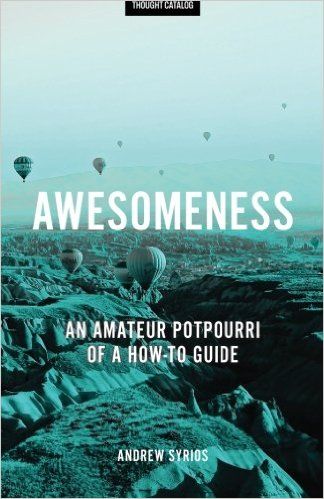|
The following is a Graduate paper I wrote on 3D printing on a very interesting subject I have repurposed for this site. The project was to evaluate and critique a segment of the show How it was Made. I chose 3D printers, which could revolutionize the world we live in.
How 3D Printers Are Made The 3D printers highlighted on the show works as follows:
One of the most interesting things about the manufacturer How it is Made chose to highlight is how most of the parts used to build the 3D printer (over 40) were actually printed by the 3D printer itself. The process works as follows:
The printer is then ready to operate. For a two toned printer, two filament reels are installed into a double extruder head. Analysis and Critique The episode did a great job of showing how a 3D printer is put together as well as what kind of figurines it can design. The step-by-step process it walked the viewer through was easy to follow and engaging, especially given almost all the parts in the 3D printer were printed by a 3D printer itself. That being said, the program only devoted approximately six minutes to this segment and it brought to mind several significant questions that went unanswered. The first major blind spot was the software side of the equation. A digital printer obviously requires a three-dimensional, rendered blueprint to guide the printer. None of the software requirements nor the program used were discussed other than in a passing reference. However, the larger and more interesting questions that are left unanswered regard how this type of 3D printer ranks amongst other 3D printers and what the potential for 3D printing is. It would be legitimate to respond that such questions are outside the scope of a show about how things are made, but they are, in my judgement, the most intriguing questions regarding 3D printers. And indeed, the potential for 3D printing is quite extraordinary. Even today, much more complicated objects are being created by 3D printing. Elizabeth Royte describes some of the items she saw that were printed at 3D Systems’ plant in Rock Hill, South Carolina, “A fully functioning guitar made of nylon. A phalanx of mandibles studded with atrocious-looking teeth. The skeleton of a whale. A five-color, full-scale prototype of a high-heeled shoe. Toy robots. And what appears to be the face of a human fetus.” And it gets far crazier than that. As Tim Lewis notes in The Guardian, “Scientists are racing to make replacement human organs with 3D printers.” The possibilities for this technology appear to border on the edge of science fiction, such as the replicators that can instantly create various beverages and other items in Star Trek: The Next Generation. If 3D organ printing does become a reality, it could solve an enormous shortage of viable organs for transplant. According to The Washington Post, “organ shortage kills 30 Americans every day.” And that’s just in the United States, for the world at large, that number is much, much higher. And that’s just one of 3D printing’s many potential uses. There is also a potential downside, though. After all, if 3D printing becomes so advanced and cheap that it can create virtually anything, how exactly will the normal person be able to sell his or her labor? This concern is commonly referred to as the “Luddite fallacy” named after the 19th century British labor movement that destroyed factory machines because they believed such technology cost them their jobs. EconomicsHelp.com describes the “Luddite fallacy” as follows, “The Luddite fallacy is the simple observation that new technology does not lead to higher overall unemployment in the economy. New technology doesn’t destroy jobs – it only changes the composition of jobs in the economy.” Unfortunately, the fallacy is only a fallacy until it isn’t. The problem is that at some point, machines could possibly no longer aid humans by allowing us to become more productive, but instead become so advanced that humans become entirely irrelevant. If humans can’t add value to the production process (or sales process for that matter), what exactly should people do? How would such an economy even operate? Policy makers and leaders of industry must seriously consider the potential consequences of such technology before, and not after, any major disruptions take place. The show would have benefited greatly from focusing solely on 3D printing and discussing its history, current application, future potential and the major political, economic and ethical concerns it raises.
Comments
|
Andrew Syrios"Every day is a new life to the wise man." Archives
November 2022
Blog Roll
The Real Estate Brothers The Good Stewards Bigger Pockets REI Club Meet Kevin Tim Ferris Joe Rogan Adam Carolla MAREI 1500 Days Worcester Investments Just Ask Ben Why Entrepreneur Inc. KC Source Link The Righteous Mind Star Slate Codex Mises Institute Tom Woods Michael Tracey Consulting by RPM The Scott Horton Show Swift Economics The Critical Drinker Red Letter Media Categories |
 RSS Feed
RSS Feed


